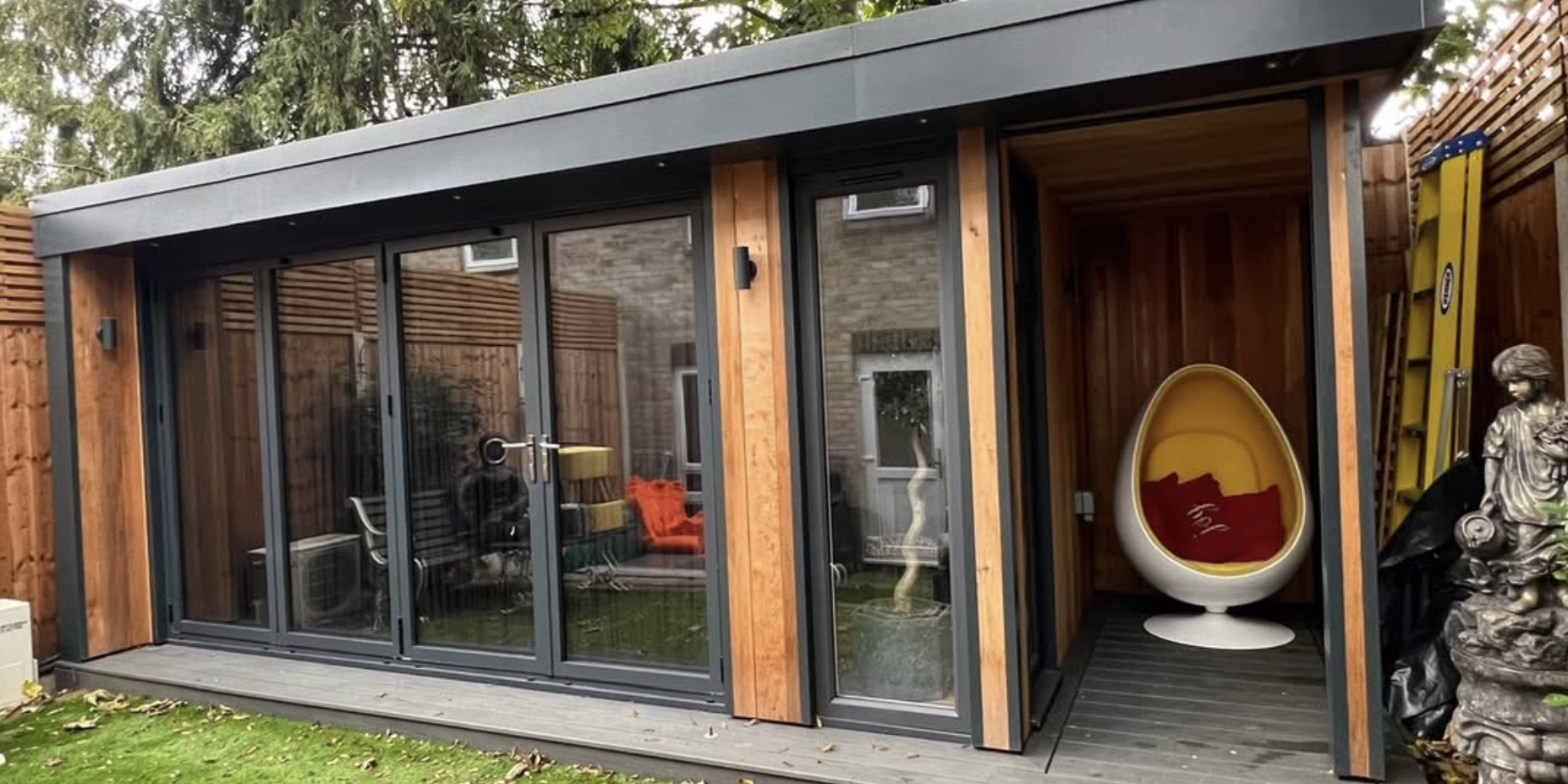For those who have turned their garden room into a home office, a gym, or a creative space, having a strong Wi-Fi connection is essential. An easy way to get Wi-Fi in a garden room is by using a Wi-Fi extender, which can amplify your existing home network. This method involves minimal setup and can greatly improve your internet reach, ensuring you stay connected without interruptions.
Many people also consider installing a hard-wired Ethernet cable for a more stable and reliable connection. This option involves running a cable from the main router in the house directly to the garden room. It might require a bit more effort, but it provides a fast and consistent internet connection, perfect for those who need reliable speeds.
Mesh Wi-Fi systems are another popular choice, especially for larger properties. By placing multiple nodes around the home and garden, the system ensures consistent Wi-Fi coverage throughout. These systems are easy to set up and incredibly flexible, catering to the needs of different spaces and settings.
Understanding Wi-Fi Connectivity for Garden Rooms
Incorporating Wi-Fi into a garden room enhances its functionality, enabling it to serve as a productive home office or a relaxing entertainment space. Ensuring a reliable connection requires addressing several key aspects like coverage and interference.
Fundamentals of Wi-Fi in Outdoor Spaces
To establish Wi-Fi in a garden room, understanding how wireless signals travel is crucial. Wireless signals can weaken as they pass through walls or cover long distances. The home network starts from the main router, but reaching a garden room may require additional tools.
A Wi-Fi range extender or mesh network system can broaden coverage. These devices help extend the home Wi-Fi by actively repeating the signal or creating multiple access points. Ethernet cables are an alternative, providing a stable connection if wireless performance is insufficient.
Evaluating Internet Speed and Performance
When setting up Wi-Fi in a garden room, internet speed is a key factor. The provided internet connection from the broadband provider directly impacts how well a network can support activities like video calls or streaming.
It’s essential to test current speeds using online tools. The need to support a home office demands higher speeds, while casual browsing requires less. Adjust the plan with the internet service provider to ensure sufficient bandwidth for working from home or remote communication.
Addressing Obstacles and Interference
Several factors can create obstacles to effective Wi-Fi connection. Distance from the main router is a common issue, leading to weaker signals. To counteract this, positioning equipment strategically is important.
Interference from other electronic devices also affects performance. Devices such as microwaves and cordless phones can disrupt signals. Minimising their presence in the path between the router and garden room can improve connectivity. Thick walls or garden structures may block signals, making placement of extenders or repeaters critical.
Understanding these elements helps optimise a wireless network for effective use, transforming a garden room into a functional space for work or leisure.
Implementing Wi-Fi Solutions for the Garden Room
Getting reliable Wi-Fi in a garden room can greatly improve its functionality, allowing seamless internet access for devices like laptops, tablets, and smart TVs. This section covers methods to enhance your Wi-Fi network, select suitable hardware, employ wired solutions, and configure everything properly.
Extending Your Wi-Fi Network
To extend Wi-Fi to a garden room, a Wi-Fi extender or mesh system is effective. Wi-Fi extenders boost the signal from the main router, providing stronger coverage. Position the extender midway between the router and garden room for best results. Mesh Wi-Fi systems offer nodes to create a network blanket, ensuring uninterrupted connections for video calls, streaming, and connecting smart devices like Alexa.
Choosing the Right Hardware
Selecting suitable hardware is crucial. Wi-Fi extenders suit smaller areas, while mesh networks are ideal for broader coverage, offering nodes that integrate smoothly with existing setups. Gigabit speed routers and Wi-Fi 6 technology provide higher speeds and support more devices, enhancing experiences like gaming or live streaming on smart TVs. Consider the number of connected devices to avoid network congestion.
Wired Solutions and Powerline Networking
Wired setups can be more stable. A hard wired Ethernet cable directly to the garden room offers consistent speeds. CAT6 or armoured cables are robust, supporting high-speed connections. Powerline networking uses existing electrical wiring, creating a network point in the garden room. Coupling this with a Wi-Fi access point provides additional flexibility, supporting wired and wireless connections for laptops or printers.
Configuration and Installation Tips
Proper setup of the network is vital. Position equipment strategically, avoiding obstacles and interference for maximised signal strength. Regular updates to firmware can enhance security and performance. When setting up a mesh network, placing nodes correctly ensures seamless handoff as devices move. Use intuitive Wi-Fi management apps to monitor performance and troubleshoot any connectivity issues, ensuring a stable and fast internet connection.


